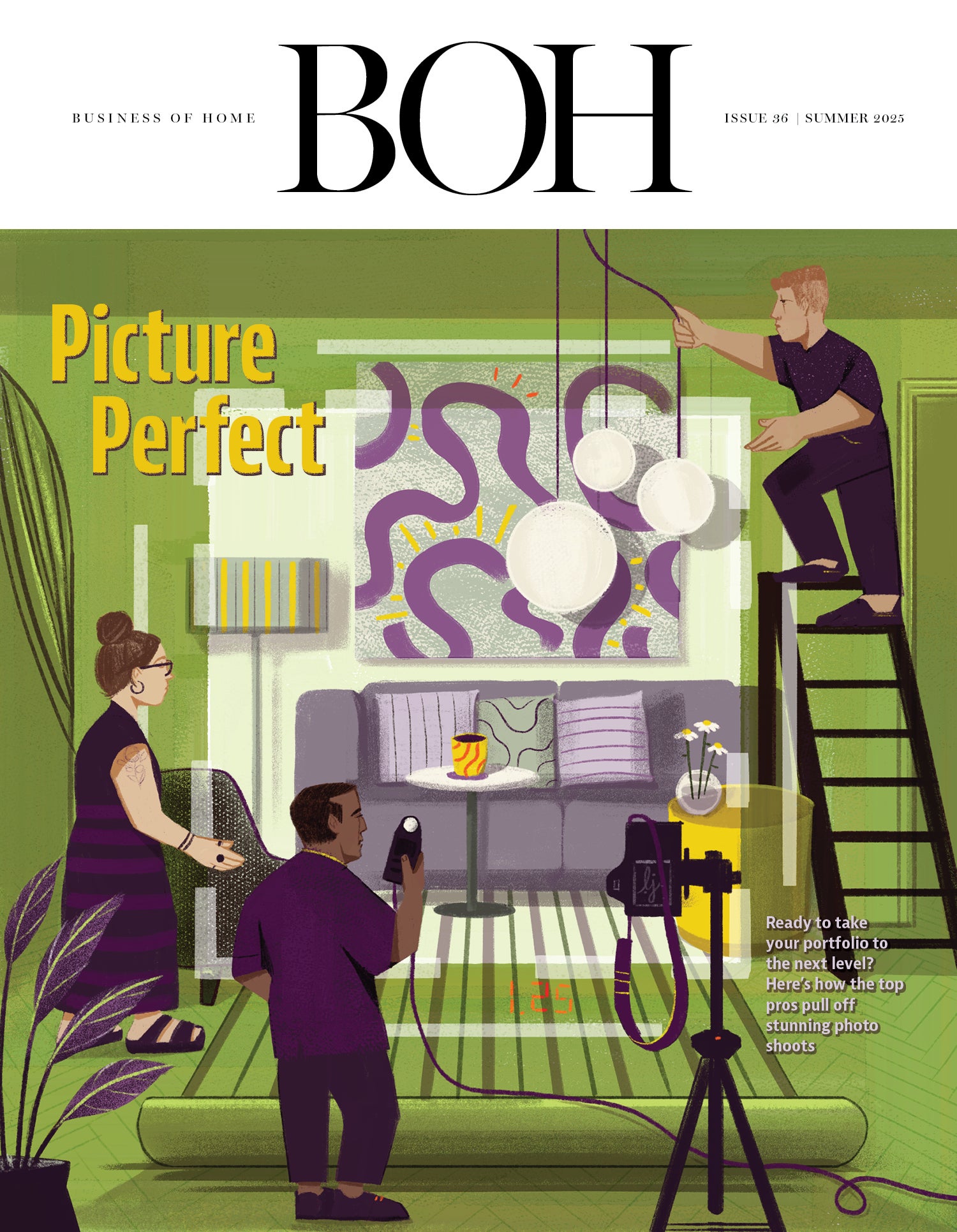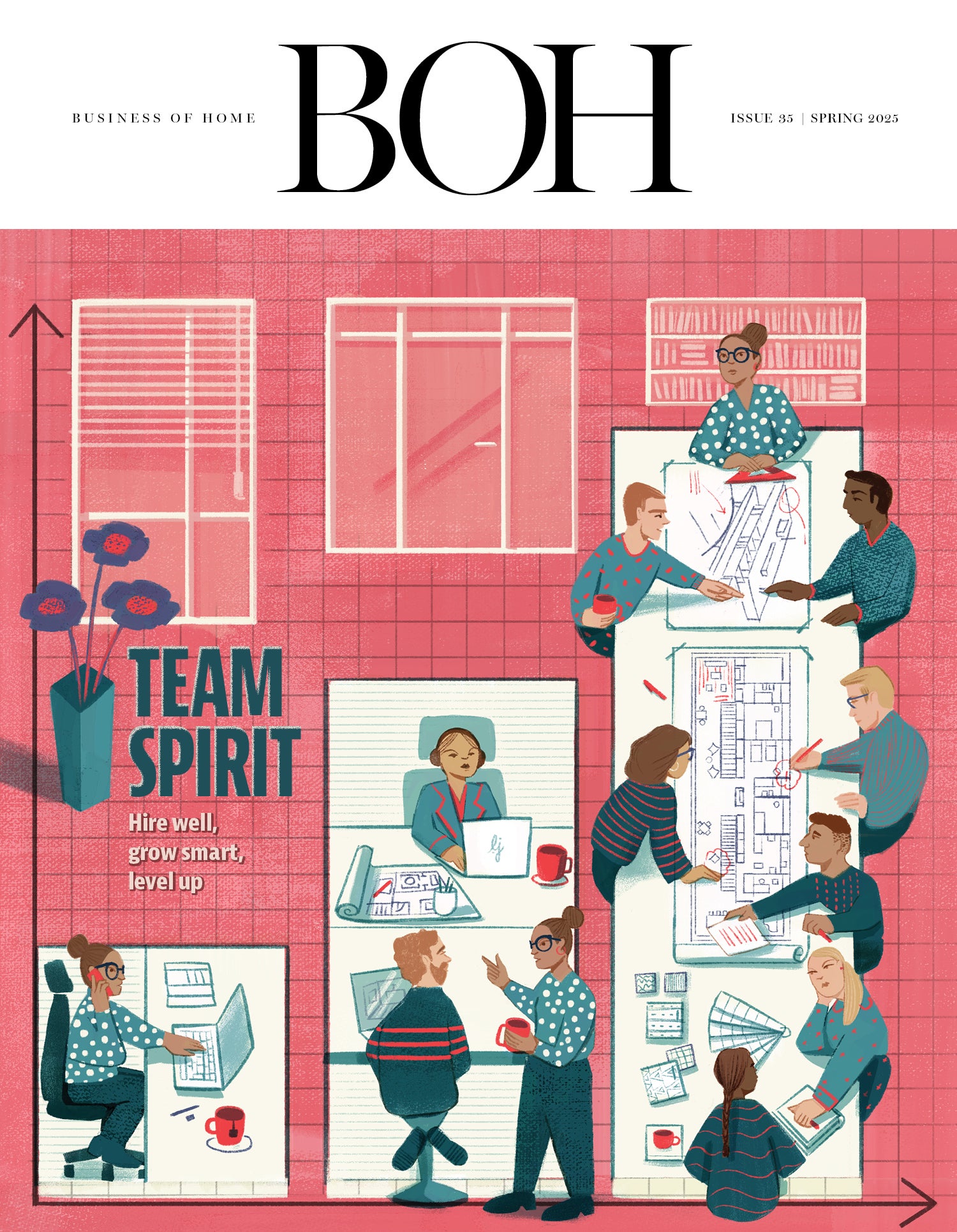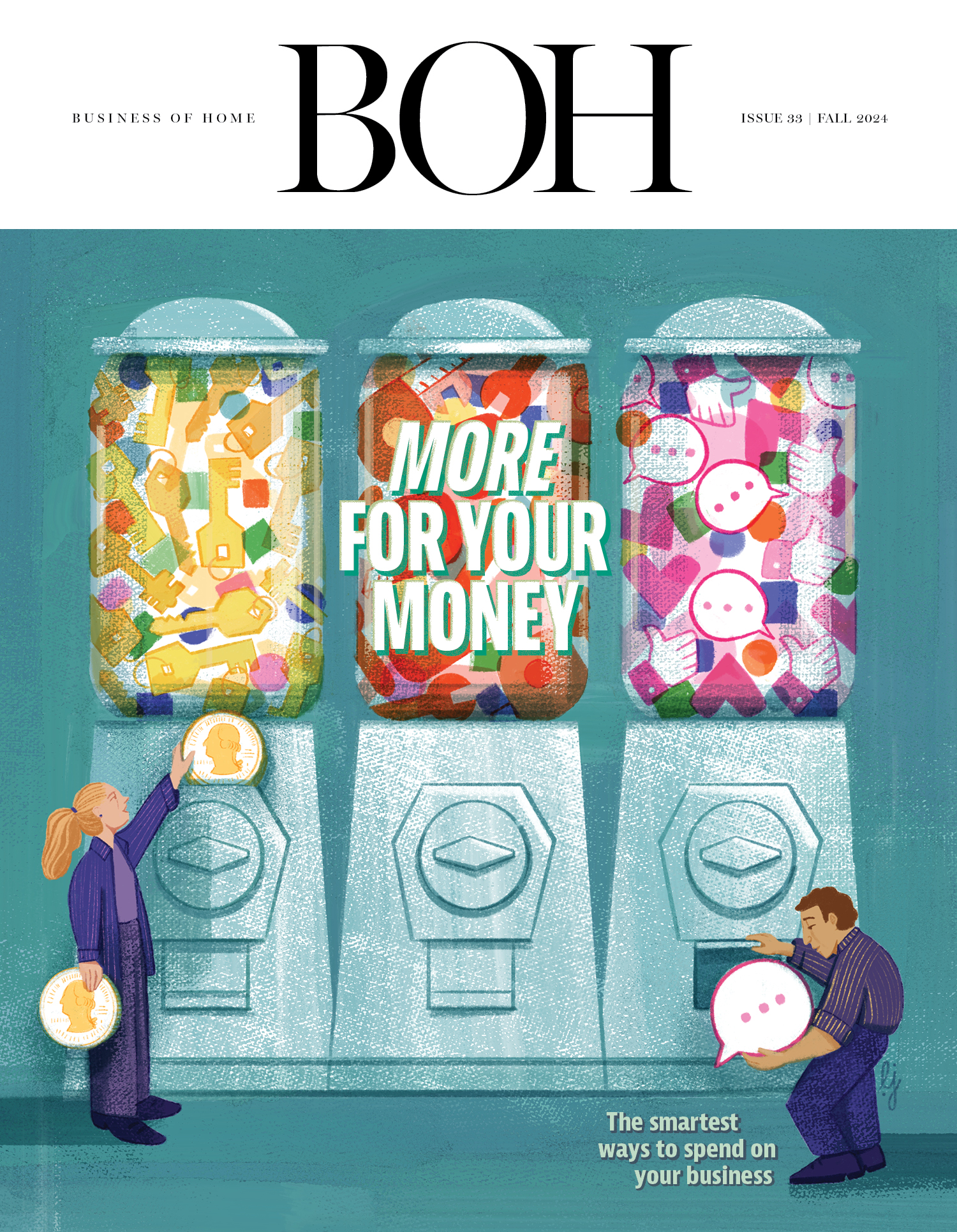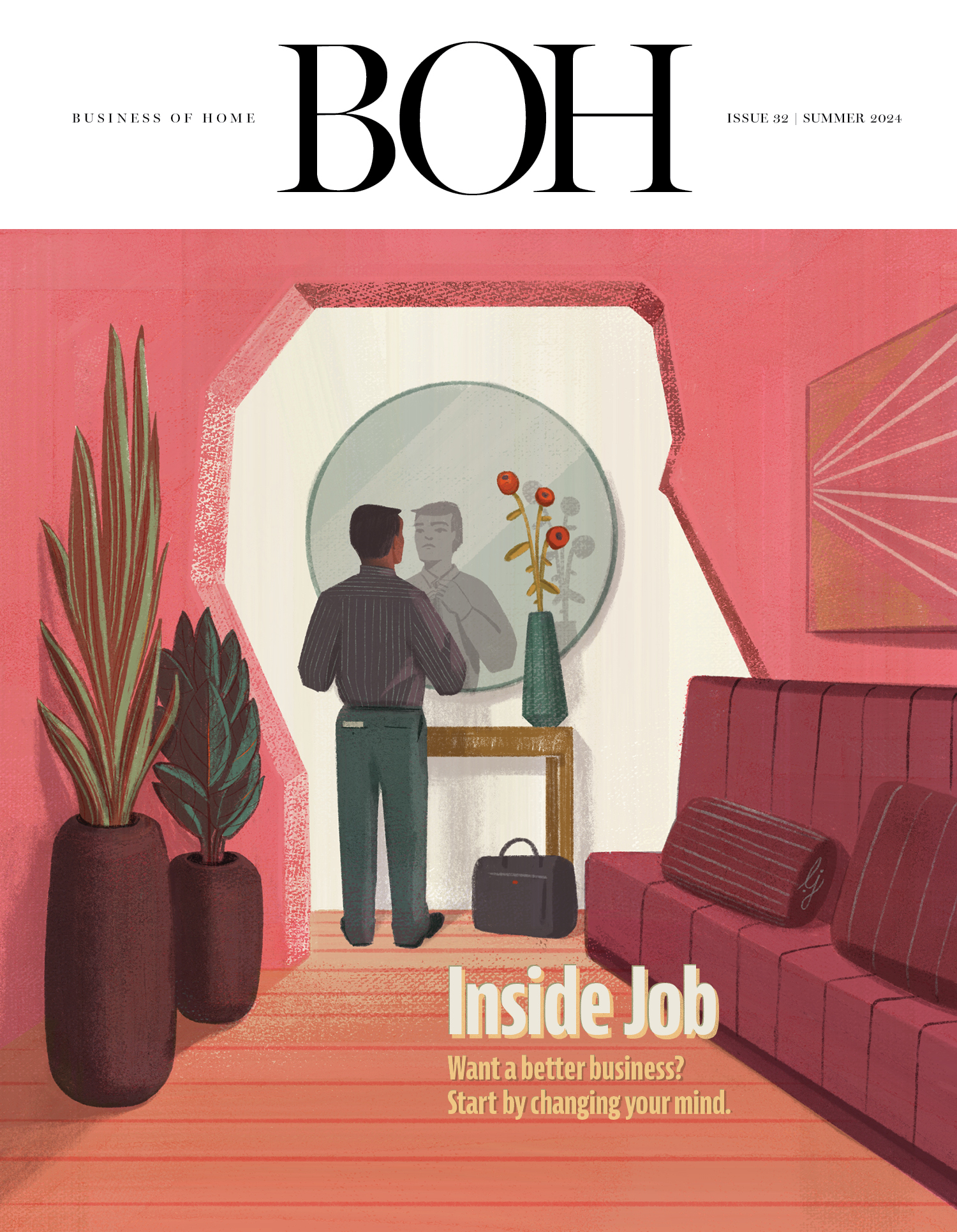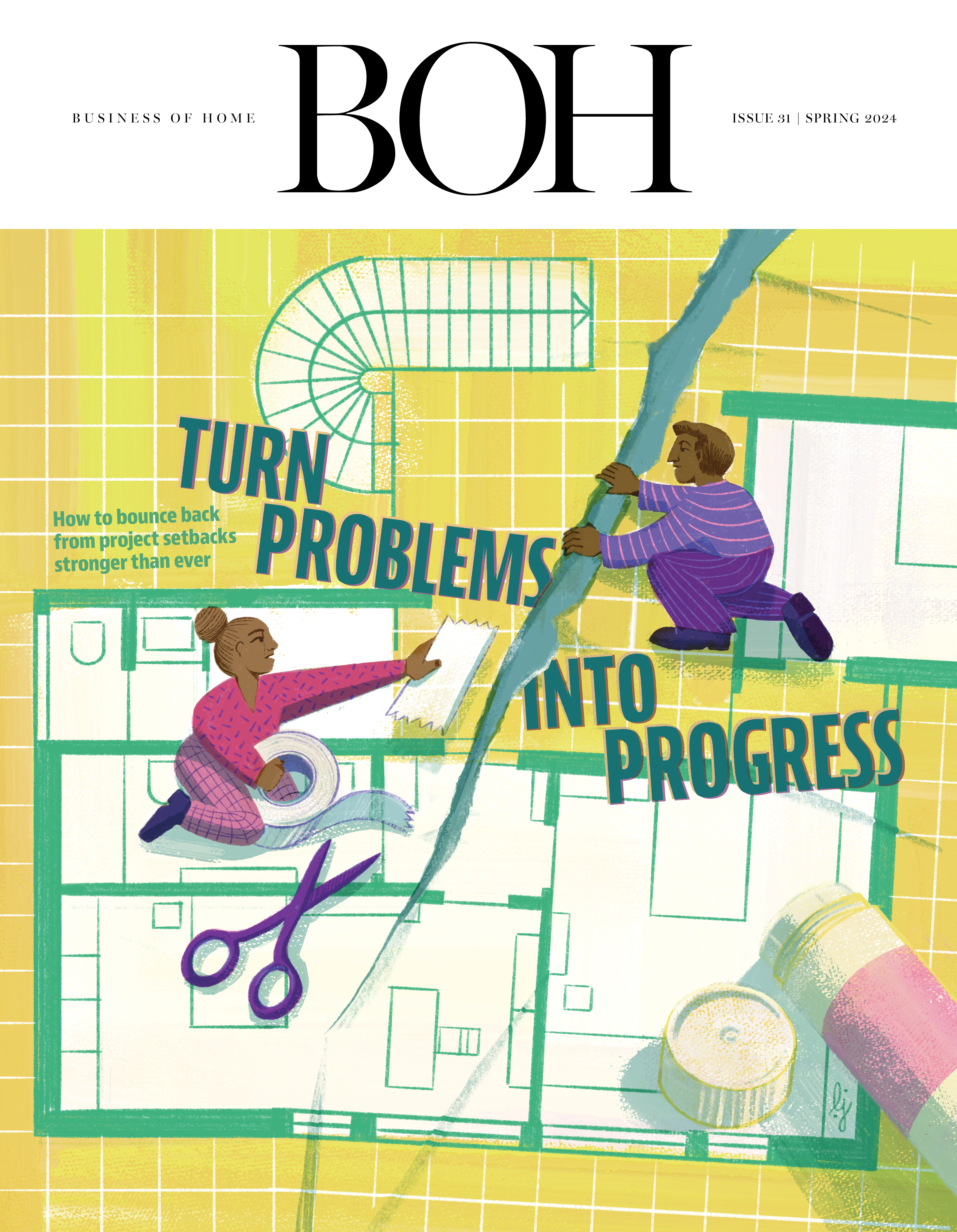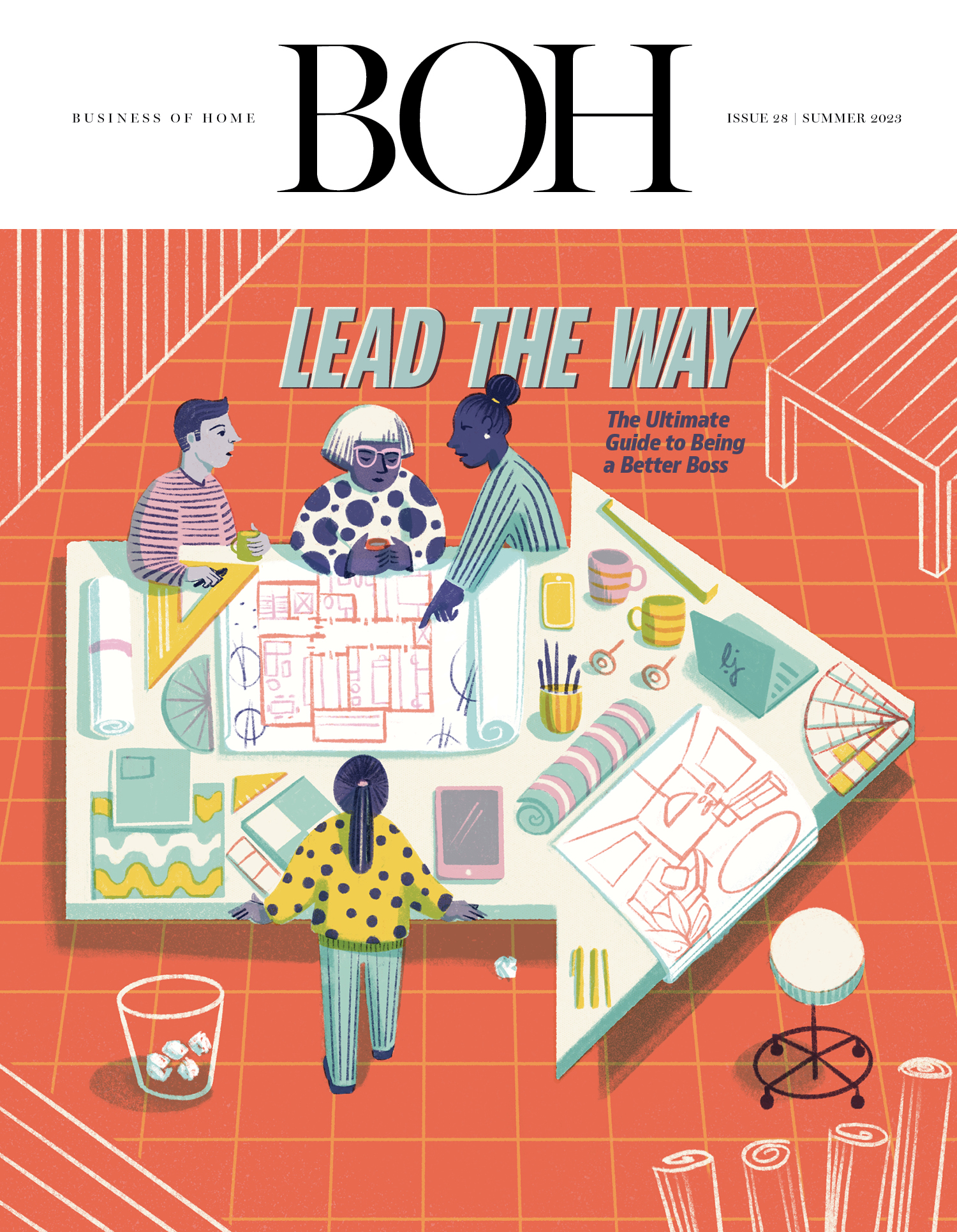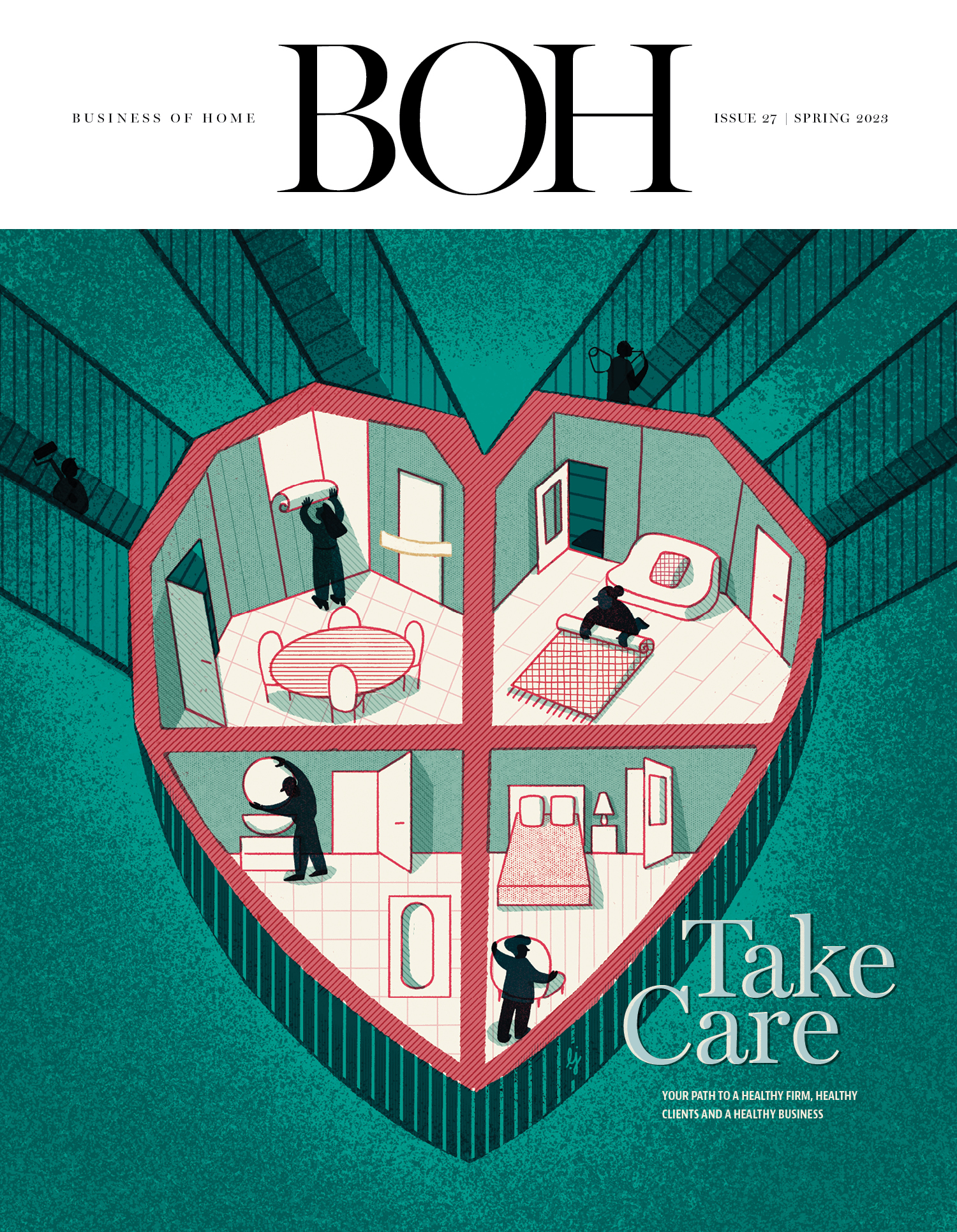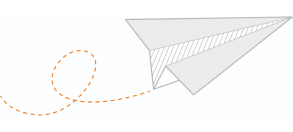The terror of tariffs isn’t going away. That’s why the home and gift industry is getting increasingly creative—and aggressive—in learning to live with them. On the summer trade show circuit (Dallas and Atlanta so far, with shows in Las Vegas and New York to come), vendors are turning to a wide array of tactics to address the increased costs that tariffs are adding to their price structures, and working hard to convince worried retailers that it’s OK to place orders.
Will any of these strategies work? That’s something we may not find out until years from now, when the scores are tallied up on the winners and losers of this era. What we do know is that doing nothing will most certainly not work.
Here are some of the tariff tactics companies are trying.
Eating the Cost
A number of companies at the shows so far have plastered their showroom windows with banners proclaiming they are not increasing prices, either because they had stockpiled goods before the tariffs hit, or because they are absorbing the increases rather than passing them along. Kalalou, a gift and home decor supplier, had a big banner outside its Dallas showroom that proclaimed, “We’ve got your back!” (The signage also promised “no surcharges, no price increases, no worries.”) Another vendor covered its front window with, “We are proud to say we have healthy inventory levels.” Smart or proud, it was effective.
Made in America
Domestic manufacturing still represents a relatively minor portion of products at these shows, but companies that are making product here are not bashful about telling their stories. Hubbardton Forge, a Vermont-based lighting producer known for its handcrafted designs, prominently featured a sign outside its Dallas showroom telling market goers: “Made-to-order in Vermont. 3-4 weeks guaranteed.” It went even further with another sign of a waving American flag and the emphatically punctuated “Reliable. American. Workers.”
Earlier in the year, High Point visitors looked up and saw on the side of one showroom building an oversize Moss Home banner featuring the ubiquitous Stars and Stripes and a big, bold “MADE IN THE USA” tagline. Some vendors, like first-time exhibitor Painted Painter, took a more subtle approach to their signage, but the message for its domestically produced wallpaper products was the same.
The Sourcing Shuffle
Although the playing field seems to change at the drop of a social media post, companies that produce in countries with low tariff rates (at least for now) are making extra efforts to emphasize the point. India seemed to be the most widely promoted international country of origin at this summer’s shows so far, but Vietnam and the Philippines were also touted—that is, until their tariff rates took a turn for the worse in the last few days. Likewise, Canada and Mexico were spotlighted until their rates rose this week.
The same goes for Europe, which is often cited as an alternative to Asian sourcing for many products; but again, recent developments may have negated its advantage. It’s quite possible that in the latter rounds of summer shows in Las Vegas and New York, as well as September’s Casual Market in Atlanta, that could reverse again, depending on political decisions made in the White House.
If any of those moves weren’t an option, brands looked to fixate on good old-fashioned retail fundamentals, or wonky rabbit-out-of-a-hat creativity. One maker of guitar pedals recounted a story about cashing in 1.83 million AmEx points to pay for an $11,000 tariff bill. “It’s like a needle pin holding back a crack in the dam,” he told Bloomberg.
No doubt we’ll see more tariff-related tactics rolled out as the year goes on. The playing field keeps shifting, the rules keep changing and the solutions, too, will keep evolving.
____________
Warren Shoulberg is the former editor in chief for several leading B2B publications. He has been a guest lecturer at the Columbia University Graduate School of Business; received honors from the International Furnishings and Design Association and the Fashion Institute of Technology; and been cited by The Wall Street Journal, The New York Times, The Washington Post, CNN and other media as a leading industry expert. His Retail Watch columns offer deep industry insights on major markets and product categories.




